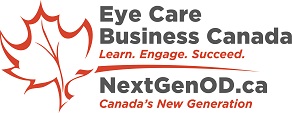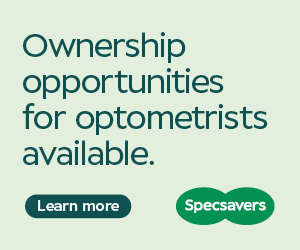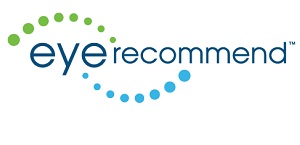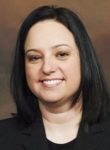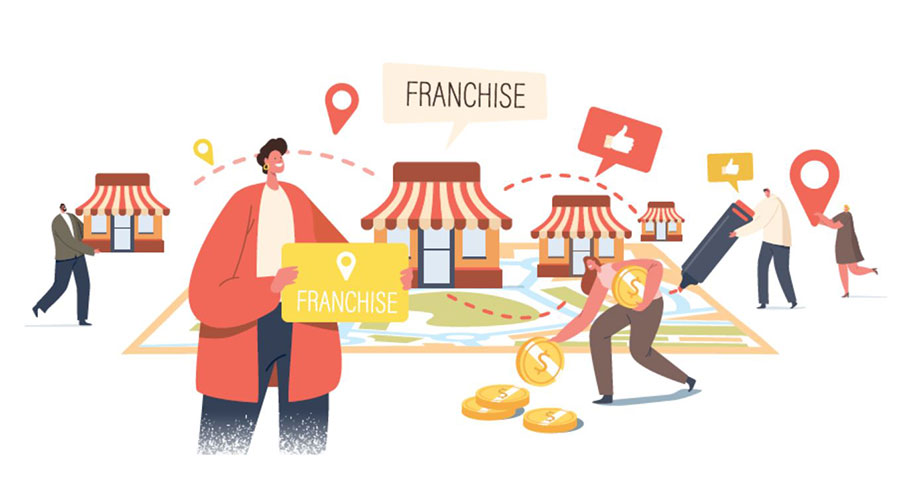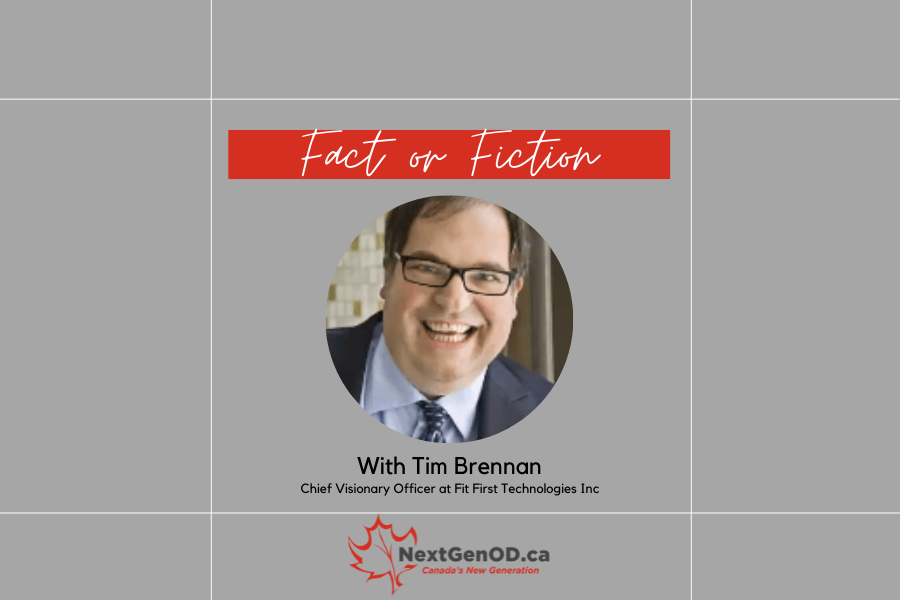
Fact or Fiction? – First impressions are everything. A candidate needs to impress me in the first five minutes.
Fact: Sure, impressions are important, and statistics do show that most managers decide at an unconscious level whether they want to hire a candidate in the first three minutes of the interview!
The rest of the time together is essentially an opportunity to gather information to support whatever decision was already made.
You are Good, but…
Really good managers are aware of this and work hard to counteract it. One important way they do this is to understand their ultimate objective.
They want a top performer, not a top candidate. The difference is critical. Top candidates may have a great résumé, show up on time, look the part and have a great handshake. All these cosmetic factors have no bearing on how long they will stay with your company or how well they will work out.
- Top performers share a very distinctive set of attributes and attitudes
- They learn fast
- They take responsibility
- They build solid relationships
- They think differently, act differently, and fit differently in your practice.
Flagging these things can’t be done by résumé or even interview alone. Fortunately their are proven techniques that improve your odds and give employers and hiring managers a deeper look into the true character of the candidate. You might not be using these techniques but the smartest of your competitors are.
The most valuable competitive advantage for any practice is to staff with star employees who perform better and stay longer.
First impressions are everything!! – definitely Fiction.
That’s the Fit First philosophy.
Fit First Philosophy starts with this premise. Hire for Fit, and then train as needed. Save yourself time and money.
This post is sponsored by EyePloyment.com and Fit First Technologies

TIM BRENNAN
is Chief Visionary Officer with Fit First Technologies Inc, the creators of Eyeployment, TalentSorter and Jobtimize.
